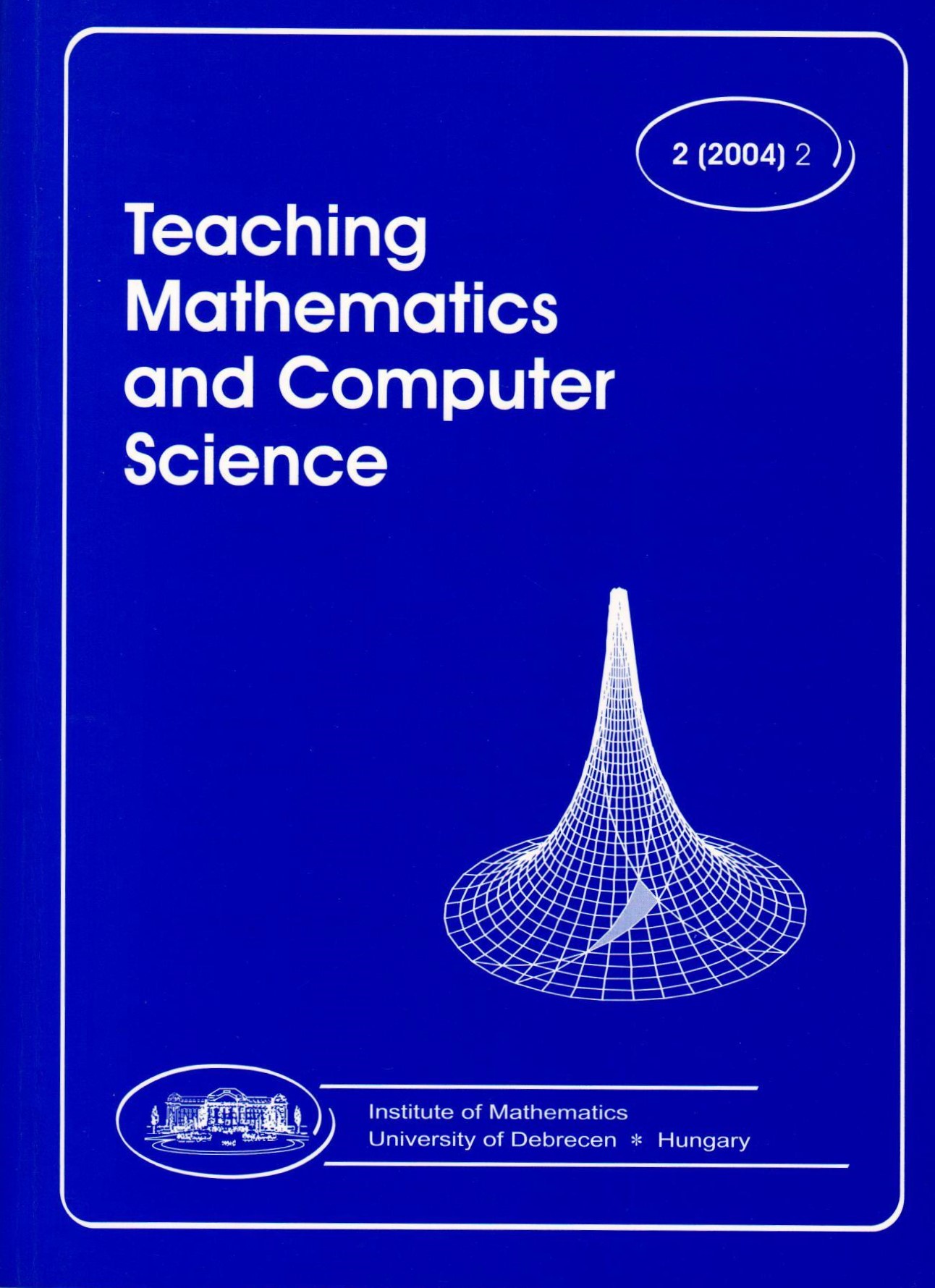Articles
A new approach for explaining Rhind's Recto – and its utility in teaching
Published:
2004-12-01
Author
View
Keywords
License
Copyright (c) 2004 László Filep

This work is licensed under a Creative Commons Attribution 4.0 International License.
How To Cite
Selected Style:
APA
Filep, L. (2004). A new approach for explaining Rhind’s Recto – and its utility in teaching. Teaching Mathematics and Computer Science, 2(2), 337-355. https://doi.org/10.5485/TMCS.2004.0064
Abstract
The Recto is a table in the Rhind Mathematical Papyrus (RMP) of ancient Egypt containing the unit fraction decompositions of fractions 2/n (3 ≤ n ≤ 101, n odd). To the question how (and why) the decompositions were made, there exists no generally accepted answer. The fact that in some other sources of Egyptian mathematics decompositions different from those in Recto exist makes the problem more difficult.
Researchers normally try to find the answer in some formulas by which the entries of the table were calculated [see e.g. 1, 42]. We are convinced that the correct answer is not hidden in formulas but in the characteristics of Egyptian mathematics namely those of fraction and division concepts. To study them is important not only from historical point of view but also from methodological one: how to develop fraction concept and how to make division easier.
Researchers normally try to find the answer in some formulas by which the entries of the table were calculated [see e.g. 1, 42]. We are convinced that the correct answer is not hidden in formulas but in the characteristics of Egyptian mathematics namely those of fraction and division concepts. To study them is important not only from historical point of view but also from methodological one: how to develop fraction concept and how to make division easier.

 https://doi.org/10.5485/TMCS.2004.0064
https://doi.org/10.5485/TMCS.2004.0064






